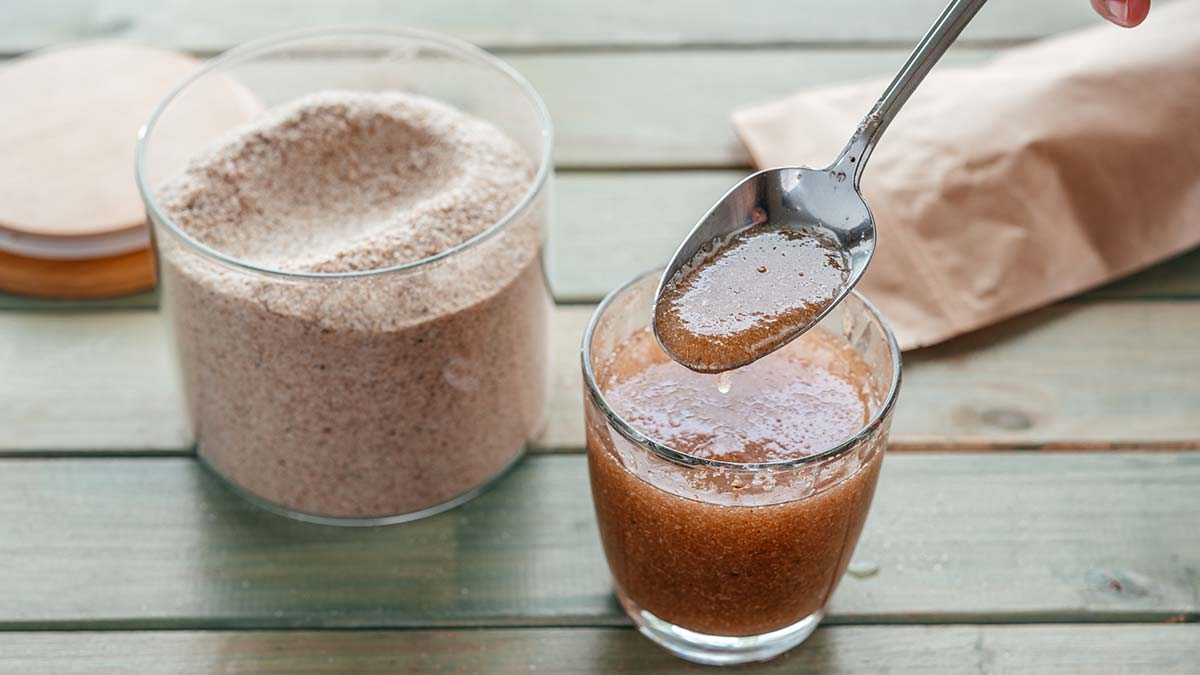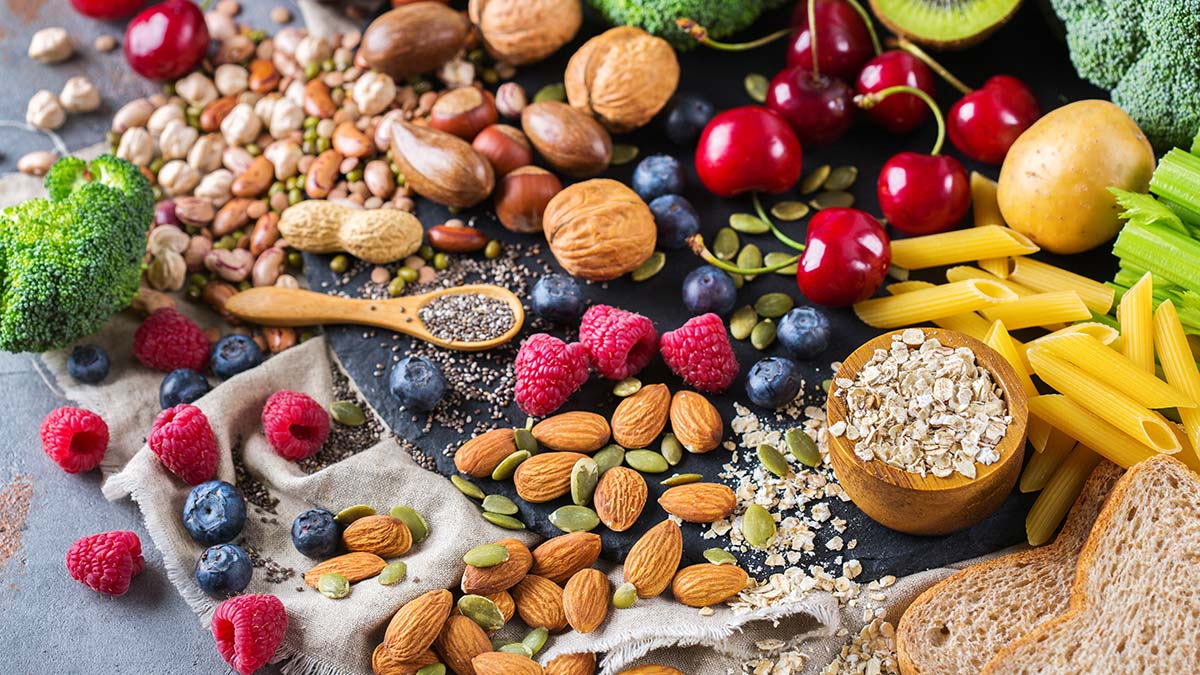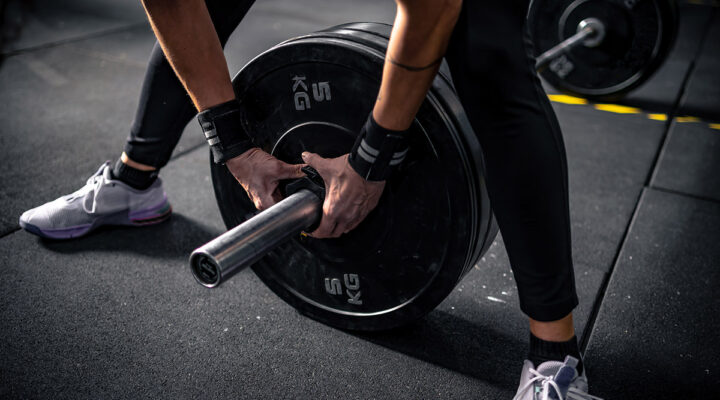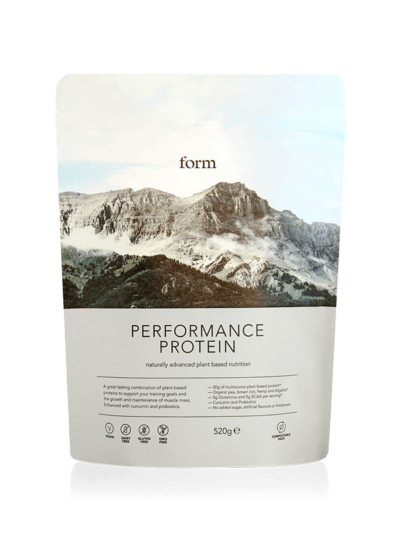The Curious Relationship Between Fibre and Your Fitness

It’s no secret that the intertwined worlds of nutrition and fitness can change quicker than you can say ‘macronutrients’. In this vast and ever-evolving landscape, the spotlight often shines brightest on quick-fix diets, tough Hollywood workouts, and thumb-stopped Instagram posts.
Yet, amidst this whirlwind of trends, the humble hero of dietary essentials — fibre — rarely claims the limelight, despite playing a pivotal role in achieving and maintaining optimal fitness levels. Simply put: it could be the missing piece in your fitness journey. Here’s why.
What Is Fibre?
Fibre, often referred to as dietary fibre, is a plant-based nutrient that is essential for our digestive health, but cannot be digested by the human body. Unlike other food components such as fats, proteins, or carbohydrates—which our bodies break down and absorb—fibre passes through our digestive system largely unchanged. There are two main types of dietary fibre, each serving unique functions in the body: soluble fibre and insoluble fibre.

Soluble Fibre
This type of fibre dissolves in water to form a gel-like substance. It can help lower blood cholesterol and glucose levels. Soluble fibre is found in oats, peas, beans, apples, citrus fruits, carrots, barley, and psyllium.
Insoluble Fibre
This type promotes the movement of material through your digestive system and increases stool bulk, beneficial to those who struggle with constipation or irregular stools. Whole-wheat flour, wheat bran, nuts, beans, and vegetables, such as cauliflower, green beans, and potatoes, are good sources of insoluble fibre.
Fibre’s benefits extend beyond just aiding digestion.”Fibre plays a vital role in supporting digestion, but also excretion and nourishing the beneficial bacteria,” explains nutritionist Jenna Hope (RNutr), BSc (Hons), MSc, author of How To Stay Healthy. “Ensuring that the beneficial bacteria are well nourished is vital in supporting a whole host of components of health. For example, our brain health, immune health, weight management, sleep and stress management are just a few of the many aspects of health affected by the microbes in the gut.”
How Much Fibre Do I Need?
The recommended daily intake of fibre varies depending on age and sex, but generally, women should aim for about 21 to 25 grams of fibre per day, while men should aim for about 30 to 38 grams. However, most people consume much less than this, leading to the widespread recognition of fibre as a ‘nutrient of concern’ by nutritional experts, who encourage efforts to increase fibre intake through diet. “Ensuring you’re having the recommended 30g of fibre per day is pivotal for your long-term wellbeing,” says Hope. “It promotes optimal physical function.”
How Does it Affect My Fitness?
The relationship between your fibre and your fitness is an interesting one. As it’s directly connected to weight, sleep and stress management, it’s worth paying attention to. Primarily, your energy levels and feelings of sateity can benefit from healthier gut environment—an important byproduct of healthy fibre intake.
“The gut microbes play an important role in supporting energy production as they produce short chain fatty acids which help to promote energy,” explains Hope. “As fibre takes longer to digest than simple carbohydrates it contributes to keeping you fuller for longer and promotes satiety.” Welcome news, you’ll agree, if you’re looking to improve your energy levels and mental focus.
A study published in Food Technology and Biotechnology focused on a group of university-age athletes and found that “the basketball players consuming a fibre supplements reported a lower perception of exertion compared to those not taking a fibre supplement,” says Hope, who contextualises the study findings further by reinforcing the notion that “we’re still in the infancy of understanding the relationship between fibre and exercise and therefore more research is needed in this area,” she says.

Increasing Your Fibre Intake
Which brings us to our next point—how do you increase your fibre intake safely and effectively? There’s a little more to it than loading up your shopping basket with fortified cereals. “If you’re looking to increase your fibre intakes remember to start slowly, going from a low fibre diet to a higher fibre diet can induce undesirable gut symptoms such as bloating and flatulence,” explains Hope. “Start by increasing your intake by a few grams per day.”
What Foods Contain Fibre?
Lentils
Packed with about 15.6 grams of fibre per cup when cooked, lentils are a great source of both soluble and insoluble fibre, which can help improve digestive health.
Black Beans
With roughly 15 grams of fibre per cup (cooked), black beans are not only fibre-rich but also loaded with protein, making them an excellent nutritional choice for vegetarians and vegans.

Superblend Protein
Containing maca, flaxseed and Form’s own unique blend of greens and fruit powders, Form Nutrition’s Superblend Protein is designed to help you get your daily nutrient needs in one fell scoop. At less than 160 kcals per serving, with no artificial sweeteners or added sugar, Superblend contains over 7 grams of soluble and insoluble fibre per serving and 20g of plant-based protein.
Avocado
One whole avocado contains about 13 grams of fibre and is also rich in healthy fats, vitamins, and minerals for heart health benefits.
Raspberries
Offering about 8 grams of fibre per cup, Raspberries are also packed with antioxidants, which can help fight inflammation.
Oats
A staple in many diets, oats contain about 4 grams of fibre per half-cup serving of dry oats, along with important vitamins, minerals, and antioxidants that support heart health and blood sugar control.


















